| BOOK AUTHOR | Bruce Barnbaum |
|---|---|
| PAGE COUNT | 408 pages |
| TRIM SIZE | 10 x 10in |
| COVER | Soft Cover |
| ISBN | 9781681982106 |
| PUBLISH DATE | 04/2017 |
- Acknowledgements
- 1 Communication Through Photography
- Enthusiasm
- Judging Your Own Personal Response
- 2 What Is Composition?
- How the Human Eye Sees
- Unified Thought
- Simplicity
- Expressing Your Own Point of View
- Simplicity vs. Complexity
- 3 Elements of Composition
- Contrast and Tone
- Line
- Form
- Line, Form, Contrast, and Emotion
- Pattern
- Balance
- Movement
- Positive/Negative Space
- Texture
- Camera Position
- Focal Length of Lens and Cropping
- Depth of Field
- Shutter Speed
- Relationships
- Involvement with the Scene
- Rules, Formulas, and Other Problems and Pitfalls
- 4 Visualization
- Step 1: Photographic Looking and Seeing
- Step 2: Composing an Image
- Step 3: Envisioning the Final Image
- Step 4: Suggested Procedures for Those Having Trouble Envisioning a Final Image
- Step 5: Planning a Strategy for a Final Image
- How Your Eye Differs from Your Camera
- Alternative Approaches
- 5 Light
- Looking at Light
- Exercises in Learning to See Light More Accurately
- Light Determines Form
- Types of Lighting/Quality of Light
- Light as Seen by the Eye and by Film or Sensors, and the Inverse Square Law
- 6 Color
- The Color Wheel and Color Sphere
- Color Composition
- Color Families, Color Contrast, and Their Emotional Effects
- Subjectivity and Mood of Color
- Working with Color Digitally
- Working with Color Traditionally
- In Summary
- 7 Filters
- Black-and-White Filters for Film
- Examples with a Hypothetical Landscape
- Contrast Control with Filters
- Infrared Film and Filters
- Color Correction Filters for Traditional Film Imagery
- Neutral Density and Polarizing Filters
- Problems Associated with Polarizers
- Digital Polarizing Filter
- Digital Black-and-White Filtration
- Digital Color Filtration
- 8 The Zone System of Exposure for Black-and-White Film
- A Brief Overview
- Films Response to Light: Building the Zone System
- Translating Negative Densities to Print Tonalities
- The Light MeterHow It Works
- Review of Negative Exposure Procedure
- Using the Zone System to Depart from Reality
- The Zone System for Color Negatives
- The Zone System and the Inverse Square Law
- In Summary
- 9 Contrast Control and the Extended Zone System for Black-and-White Negatives
- Chapter 9 Overview
- The Negative During Development
- The Bellows Analogy
- Putting Higher Zones to Work
- Reciprocity Failure
- Examples of Decreasing and Increasing Contrast
- The Exposure/Density Curve and Zone 4 Shadow Placement
- Differences Between Photography and Sensitometry: Texture vs. Tone and Zone 4 Shadow Placement
- Developing the Exposed Negative
- Explanation of Compensating Development
- Two-Solution Compensating Development for Negatives
- Development Procedures for Sheet Film and Roll Film
- The Zone System and Roll Film
- Negative Materials and Developers
- 10 The Print
- Black-and-White Enlarging Papers
- Variable Contrast vs. Graded Papers
- Fiber Base Papers vs. Resin Coated (RC) Papers
- Black-and-White Paper Developers
- Making Contact Proof Prints
- Preliminary Work Toward a Final Print
- Make Test Prints, Not Test Strips
- Dodging and Burning
- Integrating the Entire Process: Visualization, Exposure, Development, and Printing
- Burning with Variable Contrast Papers
- Advanced Darkroom Techniques
- Inspection, Evaluation, and the Myth of Dry-Down
- Potassium Ferricyanide Reducing (Bleaching)
- Final Fixing of the Image
- Local vs. Overall Contrast Control
- Scale
- Selenium Toning Prints
- Other Toners
- Chemical Coloration
- Full Archival Processing of Prints
- Toning, Intensifying, and Reducing Negatives
- Cold, Neutral, and Warm Tone Papers
- Review of Contrast Controls
- Infinite Contrast Control for Black-and-White after Negative Development
- Color Printing
- The Final Product Is What Matters
- Scanning from Film
- 11 The Digital Zone System
- Basics of Digital Exposure
- The Sensors Useful Brightness Range
- Translating Theory to Excellent Digital Exposures
- The HistogramThe Heart of the Digital Zone System
- The RAW ConverterProcessing the RAW Exposure
- High Dynamic Range ImagesThe Extended Zone System for Digital Photography
- Converting Digital Color Exposures to Black-and-White
- Panoramas and Other Image Combinations
- 12 Image AdjustmentsUsing the Digital Tools
- The ACR Tool Chest
- ACR Summary
- The Photoshop Tool Chest
- Closing Thoughts
- 13 Traditional, Digital, Art and Technique
- Art, Technique, and Their Importance
- Choosing Digital or Traditional
- Some Closing Thoughts
- 14 Exploding Photographic Myths
- Myth #1
- Myth #2.
- Myth #3.
- Myth #4.
- Myth #5.
- Myth #6.
- Myth #7.
- Myth #8.
- Myth #9.
- Myth #10
- 15 Presentation
- Dry Mounting Prints
- Making Positioning Guides for Print Placement
- Spotting, Etching, and Correction of Defects
- Print Finishing
- 16 Photographic Realism, Abstraction, and Art
- Photography as Fine Art
- Photography and PaintingTheir Mutual Influence
- Some Personal Examples
- The Strength of Abstraction
- Inwardly and Outwardly Directed Questions
- The Power of Photography
- 17 Approaching Creativity Intuitively
- Intuition in Science
- Avoiding Intuition
- Understanding and Misunderstanding Intuition
- Examples of the Intuitive Approach
- Applying Intuition to Your Photography
- Conclusion
- 18 Toward a Personal Philosophy
- Flexibility
- Visual Arts
- Nonvisual Arts
- Expanding and Defining Your Interests
- Limitations of Photography
- Developing a Personal Style
- Self-Critique, Interaction, and Study
- APPENDIX 1Testing Materials and Equipment for Traditional Photography
- APPENDIX 2Enlarger Light Sources
- Index
2 reviews for The Art of Photography, 2nd Edition
You must be logged in to post a review.
Related Products
-
A Photographer's Life
Art and Inspiration, Ebook, Photography, Print, Print and digital bundle This product has multiple variants. The options may be chosen on the product page $35.99 – $54.99A Photographer's Life
Art and Inspiration, Ebook, Photography, Print, Print and digital bundle This product has multiple variants. The options may be chosen on the product page $35.99 – $54.99
Related Products
-
A Photographer's Life
Art and Inspiration, Ebook, Photography, Print, Print and digital bundle This product has multiple variants. The options may be chosen on the product page $35.99 – $54.99A Photographer's Life
Art and Inspiration, Ebook, Photography, Print, Print and digital bundle This product has multiple variants. The options may be chosen on the product page $35.99 – $54.99

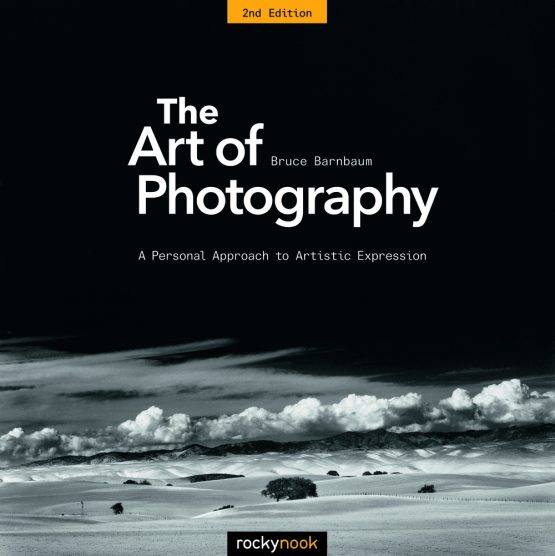

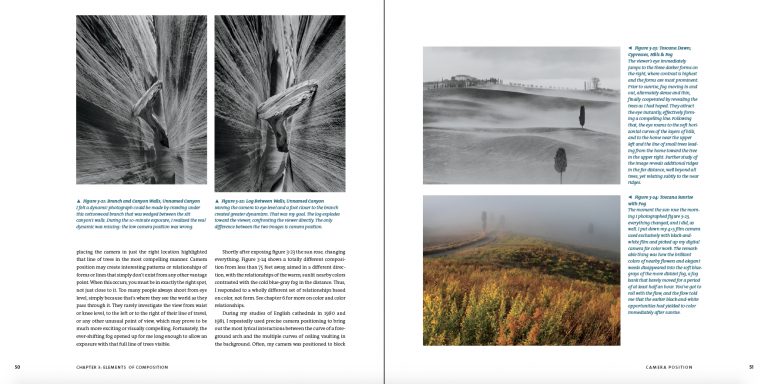
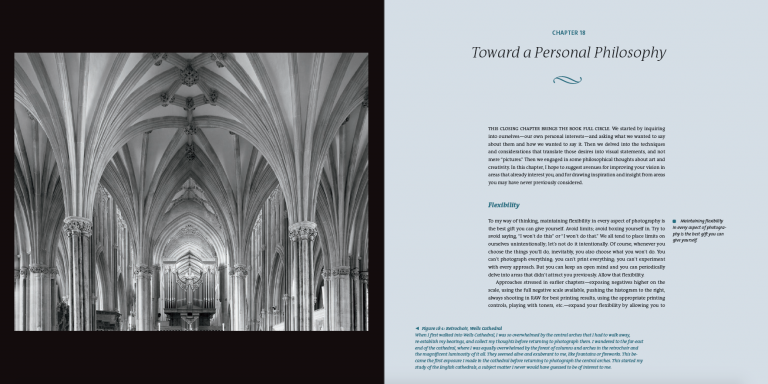
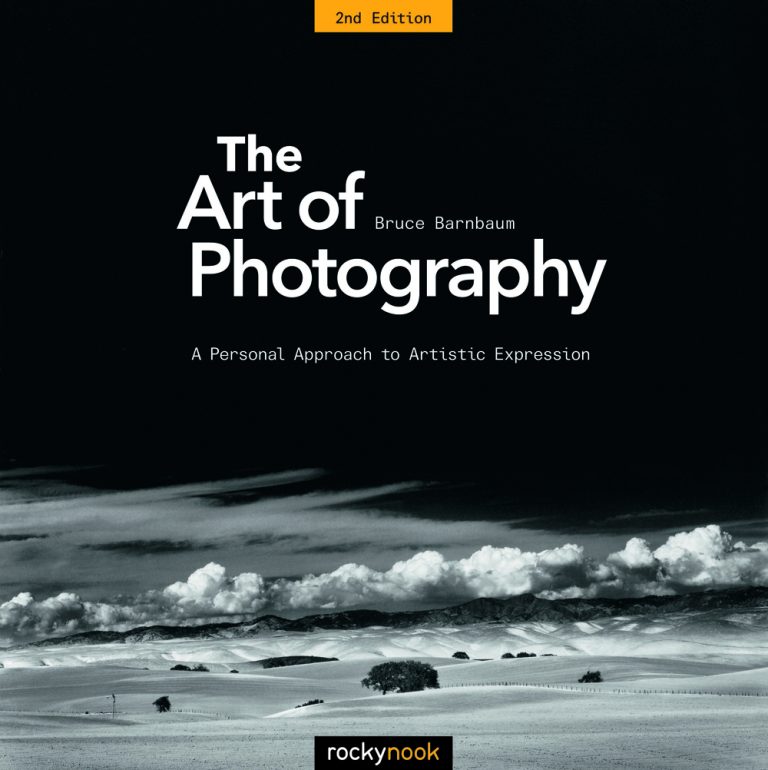
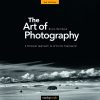

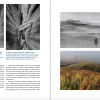
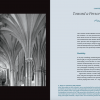
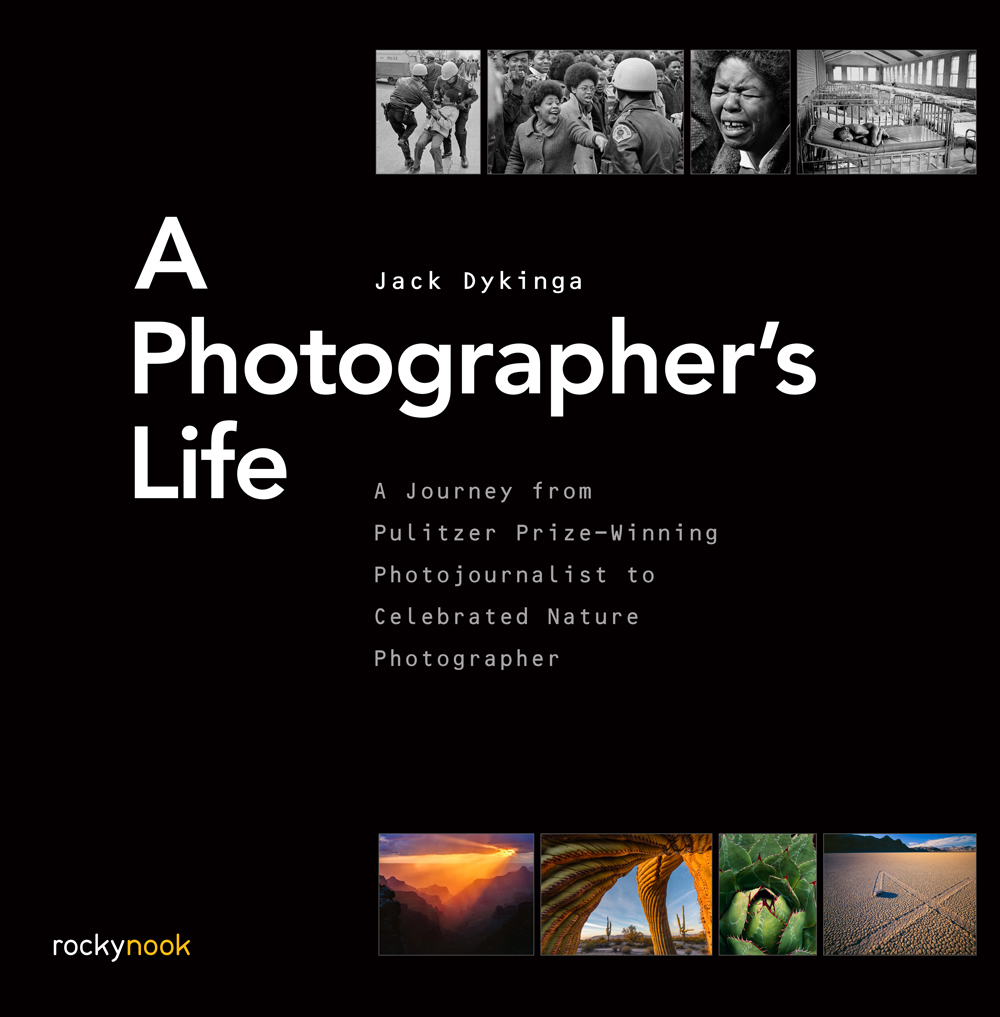


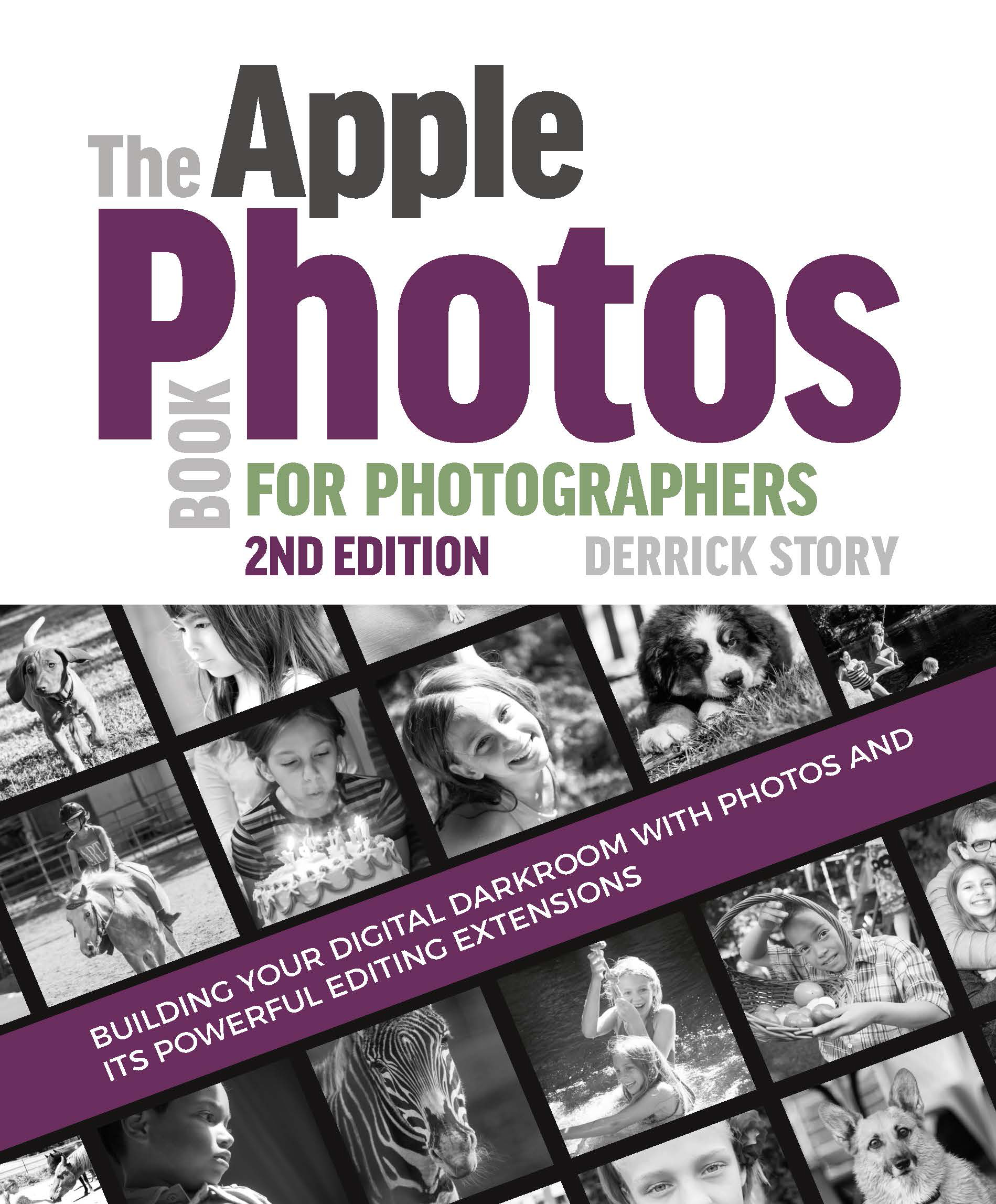


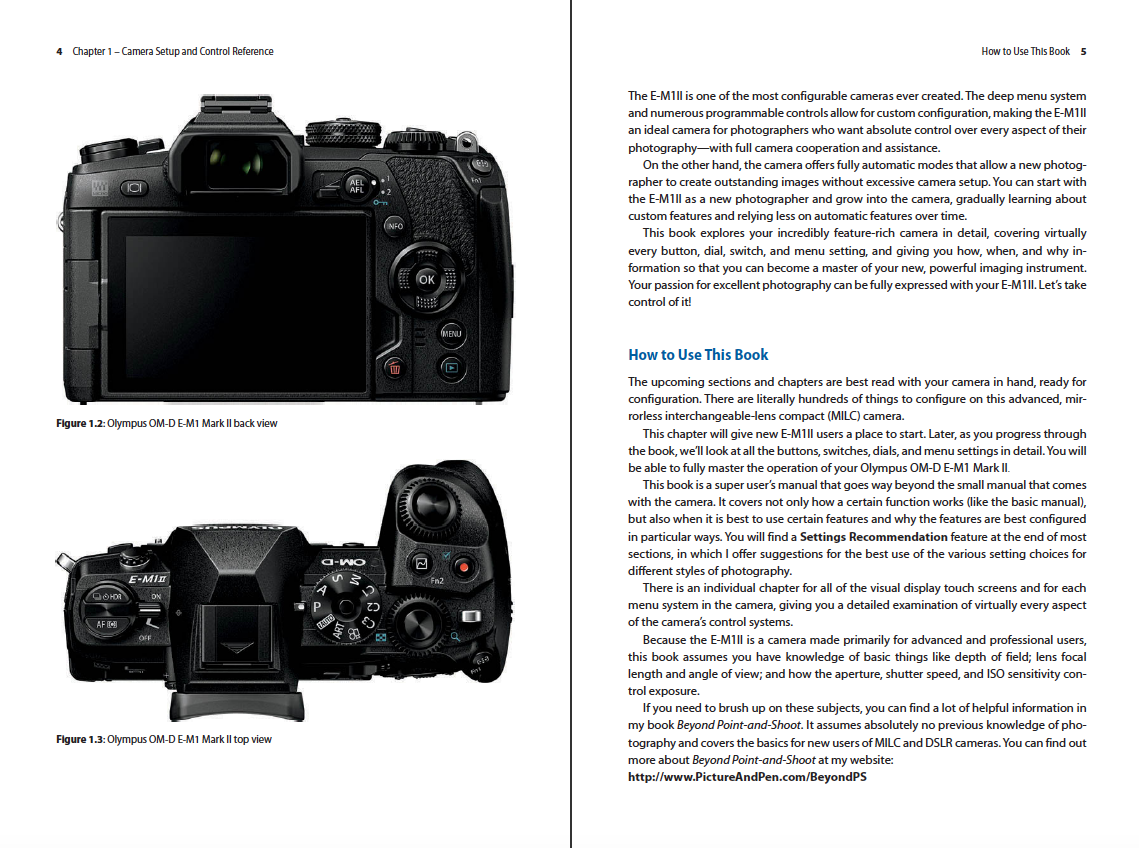
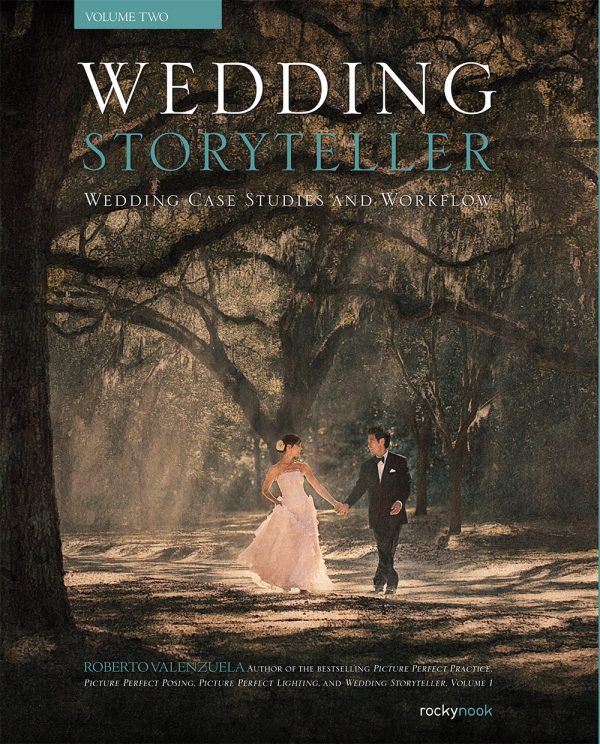

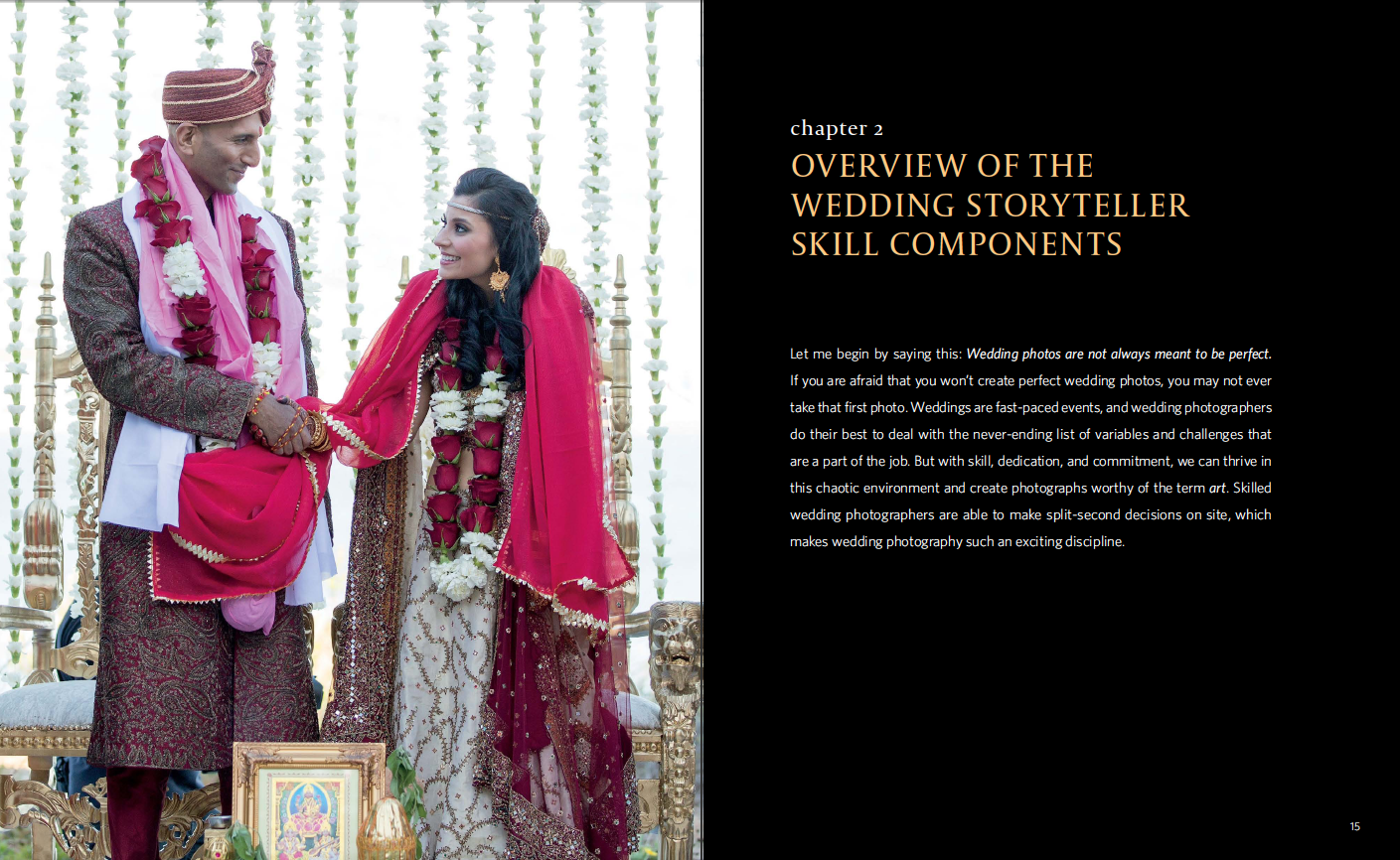

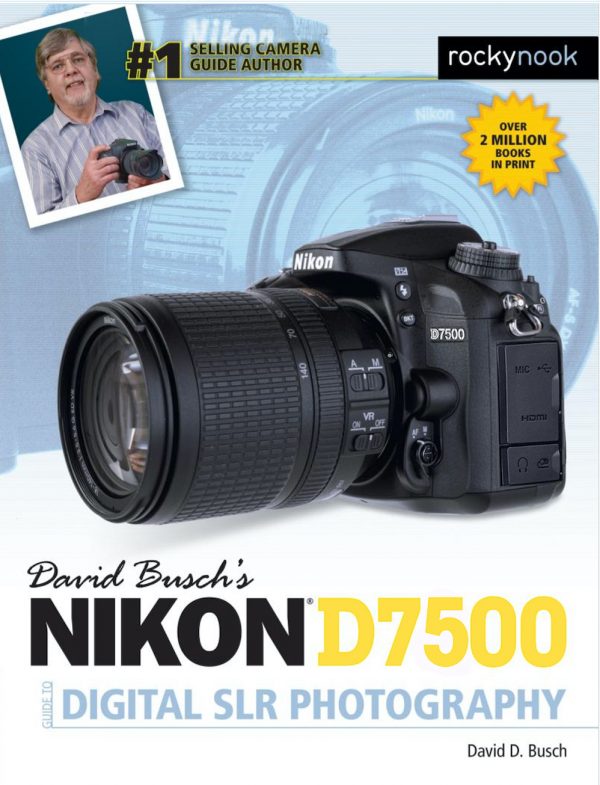
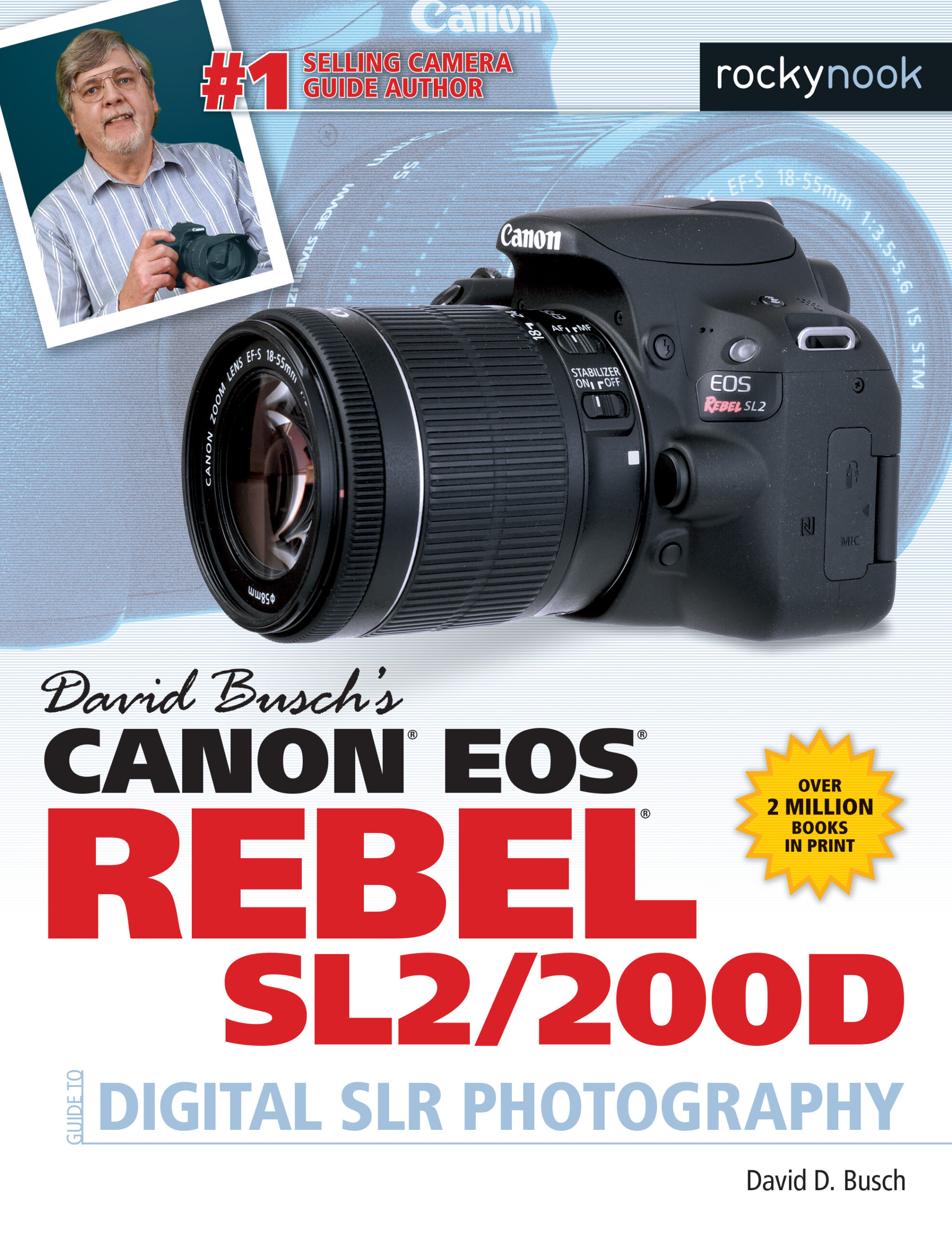
Mario (verified owner)
Excellent book for everyone who love photography and look for something more in it…
hlslaw (verified owner)
I love this book. Through the author, you can see how to take your own personal expression of your subject(s) and capture it through this medium, photography. I love the size of the book, how Mr. Barnbaum presents his voice through his words and more importantly, through his photography.